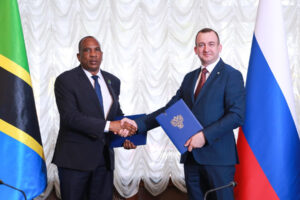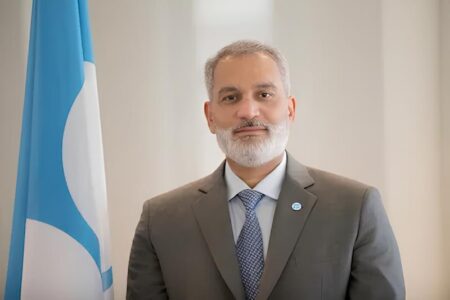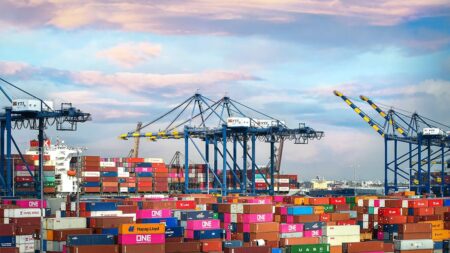- For Africa, 2023 looks set to become a year of solid recovery and tourism could play a big role in unlocking Africa’s potential.
- The roll-out of the African Continental Free Trade Area (AfCFTA) is expected to boost business travel within the continent.
- Unfortunately, the high costs of flights within and to Africa are posing a significant barrier to unlocking the continent’s tourism and trade potential.
Nairobi — Tourism in Africa has a promising future, and 2023 looks set to become a year of solid recovery. A recent report from the African Travel and Tourism Association (ATTA) shows high levels of optimism among respondents, with 82 per cent positive about the short-term outlook and 90 per cent in the long term. With tourism rebounding sharply after Covid-19 and the African Continental Free Trade Area (AfCFTA) expected to boost business travel within the continent, the optimism might be well founded.
High flight costs barrier to tourism in Africa
However, the high costs of flights within and to Africa pose a significant barrier to unlocking the continent’s tourism and trade potential.
A comparison of flight costs reveals striking disparities between African cities and similar distances elsewhere in the globe. For example, a journey from London to New York, covering about 5,500 kilometers, costs less than $400. In contrast, a flight from Nairobi to Lagos, a similar distance of 5,400 kilometers, typically exceeds $800.
Read also: Africa’s potential as a medical tourism hub
Even more puzzling is the fact that a flight from Nairobi to Paris, a distance of 6,500 kilometers, also costs at least $800, more than double the price of London to New York, despite being only 20 per cent longer.
Even for short distances, crossing borders leads to prohibitively high prices. A domestic flight from Nairobi to Mombasa, covering 430 kilometers, costs around $100.
However, a trip from Nairobi to Zanzibar in neighboring Tanzania, spanning 600 kilometers, will be no less than $400. These high prices hinder regional cross-border travel and impede tourism and trade growth between countries.
The high costs of air travel within Africa hamper tourism, trade, and investments within the continent and with the rest of the world.
Open Skies plan can boost travel in Africa
According to the African Airline Association, taxes account for an average of 41 per cent of ticket prices in Africa. Additionally, non-tariff barriers aimed at protecting national airlines create competition barriers.
The Single African Air Transport Market (SAATM), launched in 2018, aims to establish an Open Skies area in Africa, allowing airlines from participating countries to freely carry passengers to and from destinations within the agreement area.
Implementing the basic Five Freedoms of the Air, as defined by the International Civil Aviation Organization, would also allow airlines to pick up and drop passengers at all the airports of an international multi-stop flight.
This would be a significant step towards a competitive airspace in Africa. A study by the African Union estimates that full implementation of SAATM would boost the continent’s GDP by US$4.2 billion, create 596,000 jobs, and reduce airfares by 27 per cent.
It is, of course, both possible and desirable to go even further, in the footsteps of the EU, and implement all the freedoms of the air up to the ninth.
This would allow airlines from a participating country to operate domestic flights in another, leading to even more intense competition. As a first step, however, implementing the first Five Freedoms of the Air would already go a long way!
Potential to transform aviation in Africa
Although progress has been slow, 17 countries, including Kenya, Ethiopia, South Africa, Nigeria, and Morocco, have recently agreed to pilot a full implementation of SAATM.
This pilot has the potential to transform aviation on the continent. If successful, it would drive down costs, increase competition, and improve connectivity, especially if combined with reducing taxes.
The benefits of airspace liberalization would extend beyond the aviation industry. Trade, tourism, and businesses at large would immediately benefit from cheaper and more accessible travel to, from, and within Africa.
However, the primary challenge lies in political will, as many dominant airlines in Africa are state-owned or controlled by influential individuals with vested interests.
The achievement of these goals ultimately depends on political leaders and their determination and ability to withstand pressure from those seeking to protect that status quo. Only time will tell who will prevail.
The author, Håvar Bauck, is a prominent travel technology entrepreneur with a 20-year track record in business development, entrepreneurship, technology and tourism in African markets. He is the founder and Co-CEO of HotelOnline, the leading digital marketing and e-commerce partner for hotels in Africa.











